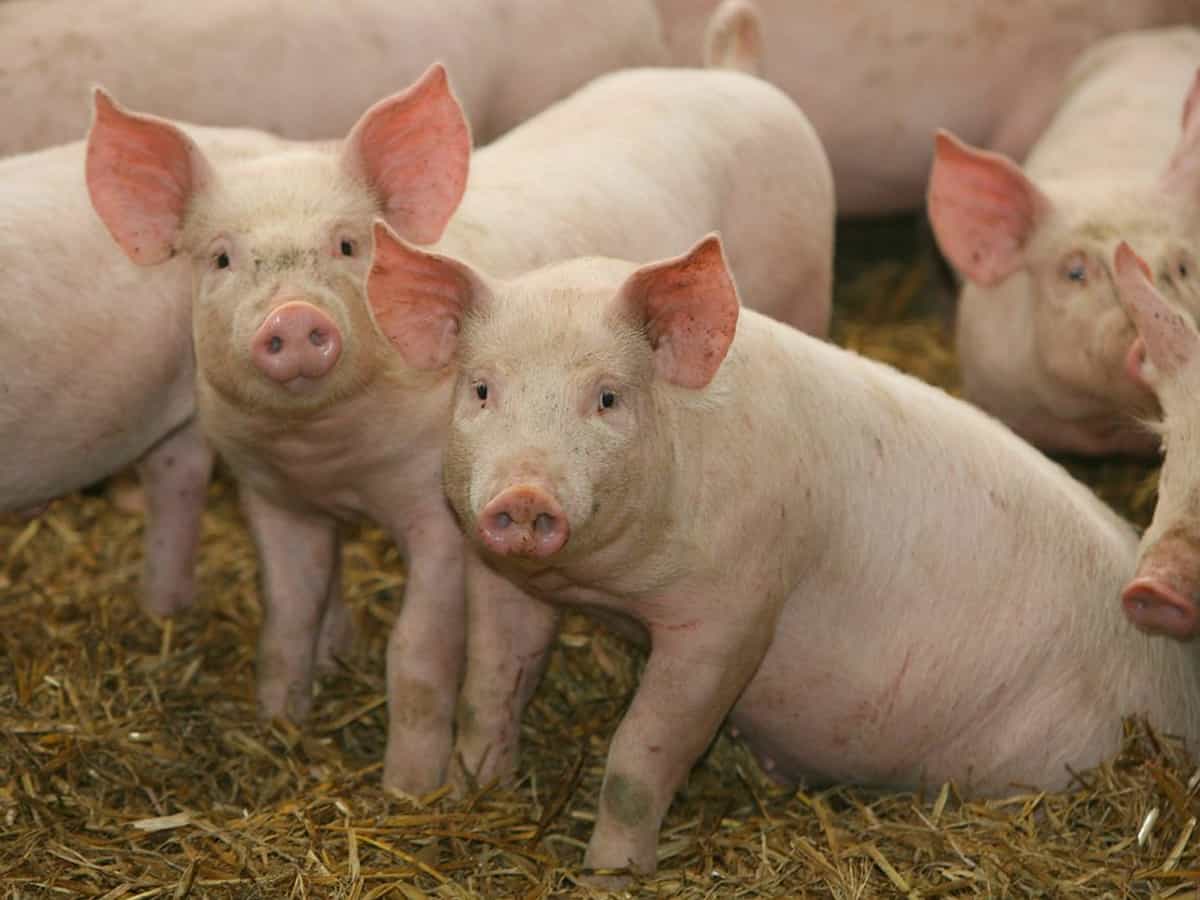
New York: Scientists have successfully conducted a long-term experiment with live hogs — a domesticated swine — that may be another step closer to achieving a safe, long-lasting, and potentially universal vaccine against swine flu.
The results are not only important to the pork industry, they also hold significant implications for human health.
That’s because pigs act as “mixing vessels”, where various swine and bird influenza strains can reconfigure and become transmissible to humans.
In fact, the 2009 swine flu pandemic, involving a variant of the H1N1 strain, first emerged in swine before infecting about a fourth of the global population in its first year, causing nearly 12,500 deaths in the US and perhaps as many as 575,000 worldwide, according to the Centers for Disease Control and Prevention.
“Considering the significant role swine play in the evolution and transmission of potential pandemic strains of influenza and the substantial economic impact of swine flu viruses, it is imperative that efforts be made toward the development of more effective vaccination strategies in vulnerable pig populations,” said lead author Erika Petro-Turnquist, a doctoral student at the University of Nebraska-Lincoln, US.
Her team is using Epigraph, a data-based computer technique to create a more broad-based vaccine against influenza, which is notoriously difficult to prevent because it mutates rapidly.
The Epigraph algorithm enables scientists to analyse countless amino acid sequences among hundreds of flu virus variants to create a vaccine “cocktail” of the three most common epitopes — the bits of viral protein that spark the immune system’s response.
In the new study, published in the journal Frontiers in Immunology, the team observed 15 Yorkshire cross-bred female pigs over a period of about six months, the typical lifespan of a market hog.
One group of five received the Epigraph vaccine, a second group of five received a commercial whole inactive virus vaccine, and a third group of five received a saline solution to serve as the control group.
The pigs received their initial vaccination at three weeks of age and a booster shot three weeks later. Their antibody levels and T-cell responses were measured weekly for the first month and every 30 days thereafter.
At six months of age, they were exposed to a strain of swine flu divergent from those directly represented in the vaccine.
The pigs that received the Epigraph vaccine showed more rapid and long-lasting antibody and T-cell responses to the vaccines.
After exposure to the swine flu virus, the Epigraph-vaccinated hogs showed significantly better protection against the disease — less viral shedding, fewer symptoms of infection, and stronger immune system responses.
“Those pigs weighed about five pounds when we vaccinated them and by the end of the study, six months later, they were over 400 pounds,” said Eric Weaver, Associate Professor and director of the Nebraska Center for Virology.
“It’s kind of amazing that this vaccine would maintain itself over that rate of growth. It continues to expand as the animal grows.”
The team continues to pursue the research, with next steps including larger studies and possibly a commercial partnership to bring the vaccine to market.



